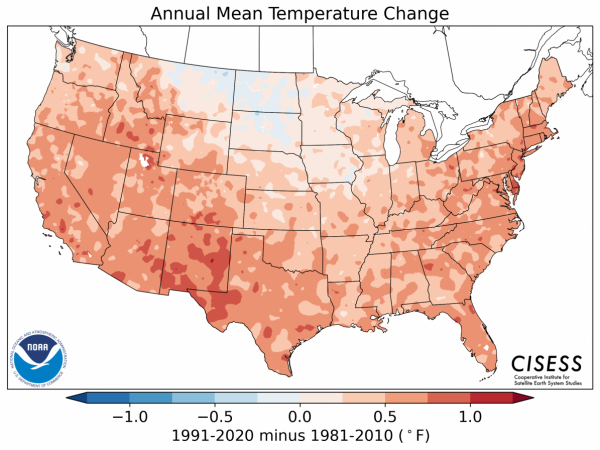Our blog features brief essays, expert commentary, op-eds, and Q&As that cover a wide variety of energy and environmental topics. Each entry is written by researchers from around Penn State, including faculty members and graduate students.
The past, present, and future of Eastern California
How can an ecologist, hydrologist, or climate scientist predict the future? Not an easy task, but understanding the past – specifically, the recent geological past – can help tremendously. Geological perspectives on the ecology (plants, animals, wildfires) and climate (rainfall, temperature, etc) of vulnerable regions are vital to predicting the impacts of global warming on ecosystems around the world.
Making climate policy models more relevant
To assist climate policy making, the research community has developed a powerful set of tools to combine insights from economics, technology, and climate science. However, according to Wei Peng (School of International Affairs), these tools miss a crucial factor that shapes climate policy in the real world: Politics. She and her team identify eight political insights that are important for the success of real-world climate policy.
Climate and energy management require civic energy
Climate educators should step up to the plate and take civic action on climate change. The strategies and management approaches are already all around us. Now, it is just a matter of putting them together and holding the course.
Why are the new climate normals abnormal?
Each decade the National Oceanic and Atmospheric Administration (NOAA) releases a new set of U.S. Climate Normals, providing thirty-year temperature and precipitation averages that contain insight about both current weather and patterns in the near future. In early May, NOAA released the Climate Normals for 1991-2020, revealing the warmest recorded period to date.
Social media use and perceptions of community resiliency during the COVID-19 pandemic
The concept of resilience originated from biophysics to describe the ability of a system to rebound after disturbances. Resilience at the community level is defined by social scientists in disaster management as the capacity of a community to withstand and recover from disturbing events. Though individual agency plays an important role in constructing community resilience, a group of resilient individuals does not form a resilient community. Community resilience is greater than the summation of its individual members’ resilience.
Penn State EnvironMentors, Changing the STEM narrative
First-generation, racially marginalized groups and women both remain underrepresented in science, technology, engineering, and math (STEM) education and careers. White women make up 18% of the STEM workforce compared to 49% of their white male counterparts. Racially marginalized groups continue to be in the single digits within the STEM workforce.
How many trees are needed to take up the carbon dioxide I release every day?
Breathe in, and you consume oxygen. Breathe out, and you release carbon dioxide into the air. We know that burning fuels releases carbon dioxide, and our own “fuel,” or the food we eat, is no different. We capture the energy from the food we eat and then release the carbon from that food into the environment. On average, we eat about 2,000 calories a day and release about 2 pounds of carbon dioxide a day. Plants and trees use the energy in sunlight to take up carbon dioxide through their leaves and grow more biomass.
What’s the hype about 5.8%? I’m worried about the other 94.2%
A recent analysis by the International Energy Agency (IEA) concluded that annual carbon emissions declined by 5.8% in 2020 because of the COVID-19 global pandemic. From a historical perspective, a 5.8% reduction is huge—nothing like it has occurred in our lifetimes. But from a COVID-19 perspective, how can it be so small?
How much energy we use in the US to produce electricity is a secret
The US Energy Information Agency (EIA) publishes monthly and yearly listings on energy use to make electricity, and it is readily accessible on the internet. So why am I saying that the amount of energy used is a secret? It is the way that the EIA presents the numbers. The EIA says extra energy is used to make renewable electricity in the same proportion as electricity generation in a fossil fuel plant, but that is not correct. No extra fuels are consumed to produce renewable electricity.



















